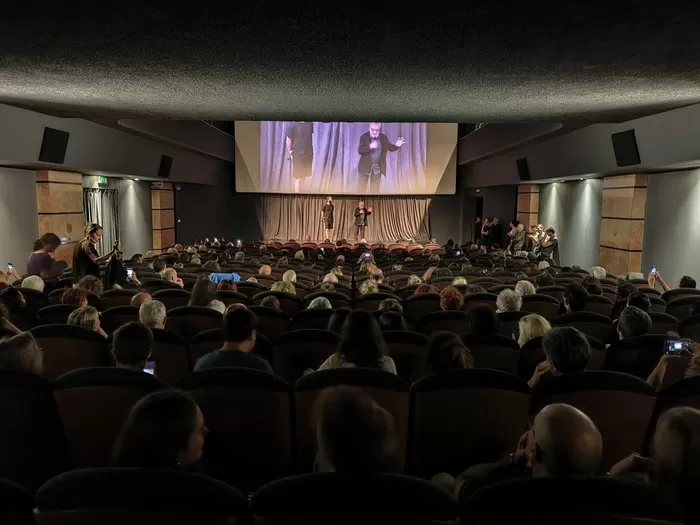All dates, the ever-changing calendar
The concept of time has always been a fundamental aspect of human existence. From the earliest civilizations to the modern world, people have relied on calendars to keep track of the passing days, months, and years. And while the basic concept of a calendar remains the same, the way we use and update it has evolved significantly over time.
The earliest known calendars were based on the cycles of the moon and the sun, with each culture having its own unique system. However, as societies became more complex, a more standardized and accurate way of measuring time was needed. This led to the development of the Gregorian calendar, which is still widely used today.
But even with this widely accepted calendar, the need for updates and adjustments has never ceased. In fact, the calendar is constantly evolving to better reflect our changing world and to accommodate our ever-growing needs.
One of the most significant updates to the calendar is the addition of leap years. This adjustment was made to account for the fact that the Earth’s orbit around the sun is not exactly 365 days, but rather 365.2422 days. Without the addition of an superiore day every four years, our calendar would gradually fall out of sync with the seasons.
Another important update to the calendar is the addition of new holidays and observances. As our societies and cultures continue to evolve, so do our traditions and celebrations. This has led to the inclusion of new holidays, such as International Women’s Day and Earth Day, to the calendar. These additions not only reflect our changing values and beliefs, but also provide us with opportunities to come together and celebrate as a global community.
In recent years, the use of technology has also greatly impacted the way we update and use the calendar. With the rise of smartphones and digital calendars, we now have access to real-time updates and reminders for important dates and events. This has made it easier for us to stay organized and on top of our busy schedules.
Furthermore, the use of social mezzi di comunicazione has also played a role in keeping us informed about important dates and events. Platforms like Facebook and Twitter allow us to create and share events, making it easier for us to stay connected and informed about upcoming occasions.
But perhaps the most significant update to the calendar in recent years is the shift towards a more inclusive and diverse representation of holidays and observances. As our world becomes more interconnected, it is important to recognize and celebrate the diverse cultures and traditions that make up our global community. This has led to the inclusion of holidays and observances from different religions, cultures, and communities in the calendar.
In addition to these updates, the calendar also serves as a reminder of important historical events and milestones. From Independence Day to Remembrance Day, these dates hold significant meaning and serve as a way for us to honor and remember our past.
In conclusion, the calendar is not just a tool for keeping track of time, but it is also a reflection of our ever-changing world. With constant updates and adjustments, it continues to serve as a vital part of our daily lives. So the next time you check your calendar, take a moment to appreciate the rich history and evolution behind it. And remember, no matter how much it changes, the calendar will always be there to guide us through the passing days and help us make the most of our time.

